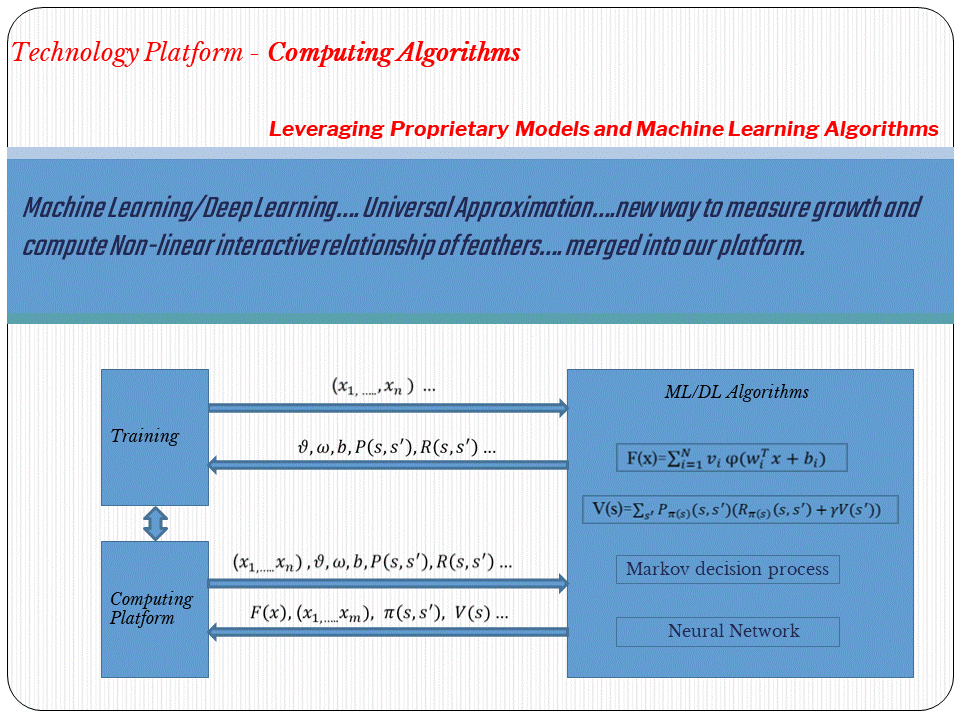
Four scenarios that the US economy is heading to:
1. Inflation will reach peak and go down automatically
2. High inflation will be dragged down easily by the Fed
3. It will take a while for the Fed to drag high inflation down
4. Inflation will go sky high and stay flying
As presented in the recent flattening of treasury yield curve, it seems the consensus of bond investors may be focusing on scenario 2 in which the Fed will quickly curb inflation by raising interest rate but will not be able to or probably will not need to keep the higher rate for a long time after inflation slows down.
However, adding a new dimension to measure extra money supply is needed to explain why the sensitivity, to looming rate hike, of long term treasury and stock is being weakened, something that we can not figure out in scenario 2. Our model indicates that money supply in the economy, which apparently went across a key threshold, is distorting relationships among financial factors including the transfer of interest rate hike along the borrowing cost chain - IOER, ON RRP, FFR, commercial paper, short term debt, long term debt, and stocks.
Considering the unprecedentedly large amount of money compared with the limited pool of the IOER or ON RRP, if the Fed raise interest rate by lifting IOER and ON RRP, the overnight inter bank borrowers will not any more feel pressure of rate hike as much as they did when there were only half amount of money before 2020 or ¼ of money before 2012. Therefore, the spread between ON RRP and FFR is smaller than it used to be. For the same reason, the spreads will all be smaller between FFR and yield of short term debt and between short term debt yield and long term debt yield or the required return rate of equity. The further away the node on the chain from the Fed’ money, the faster the sensitivity of the price to expected interest rate hike decreases.
Based on the same logic, it may be more likely for us to see scenario 3 rather than 2 since corporate’s borrowing costs will be less sensitive to FFR hike than the Fed thought, while the financial market has been convinced, by the recent Fed’s “talking about talking about tapering”, that we are not going to see scenario 4. And the financial market will enjoy both economic growth and sufficient liquidity simultaneously if we happen to have scenario 1.

